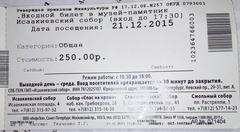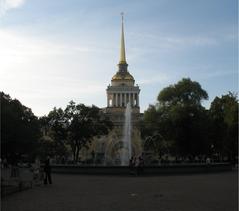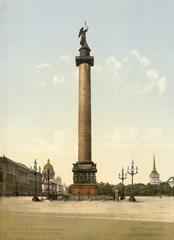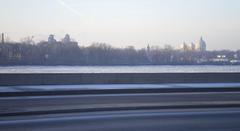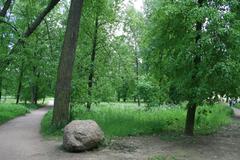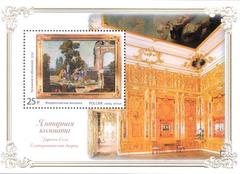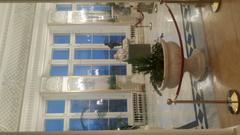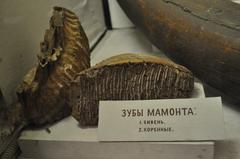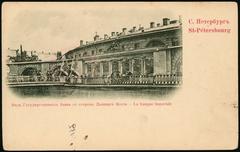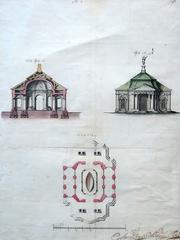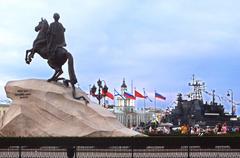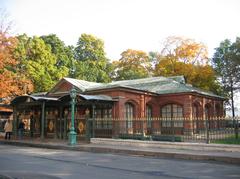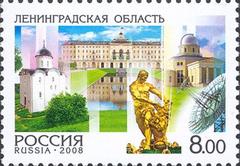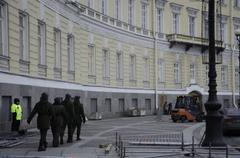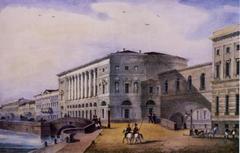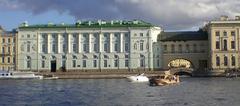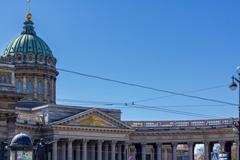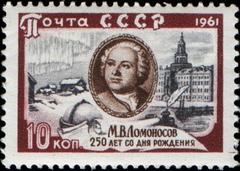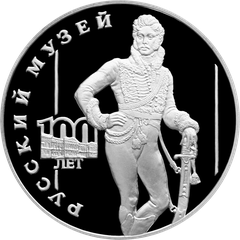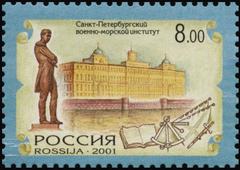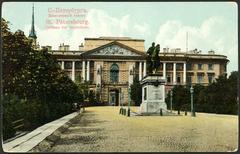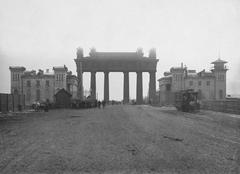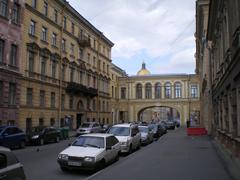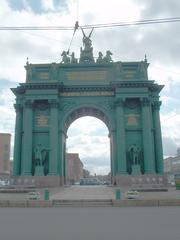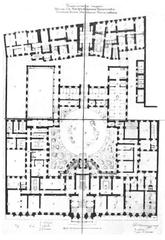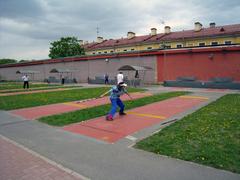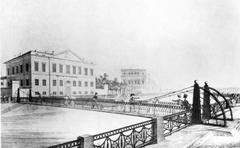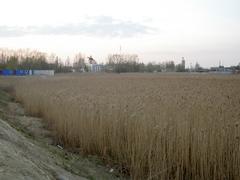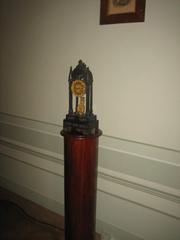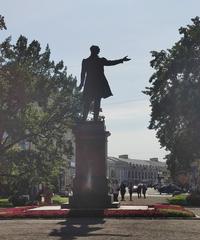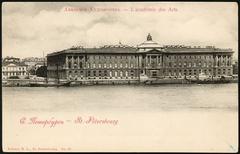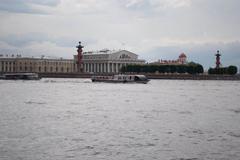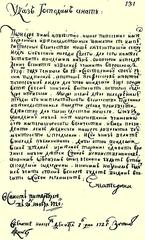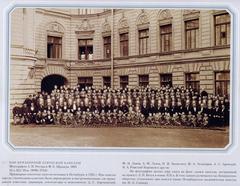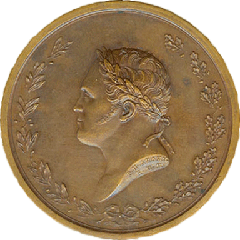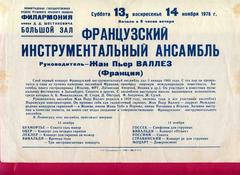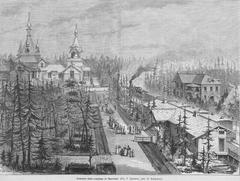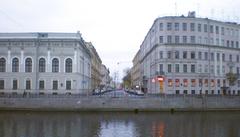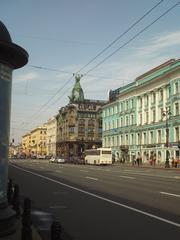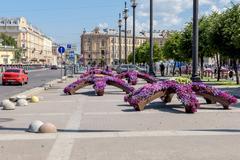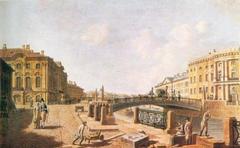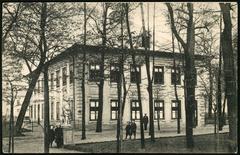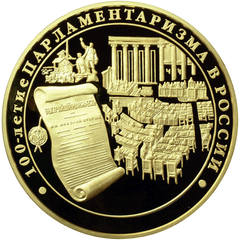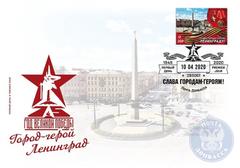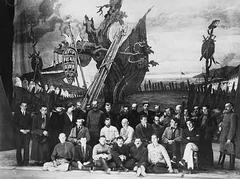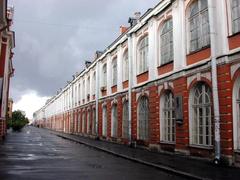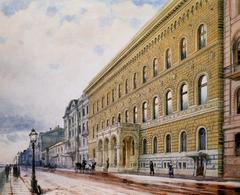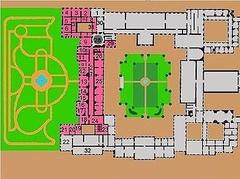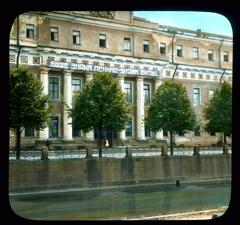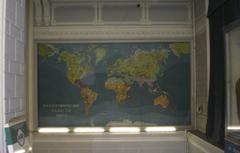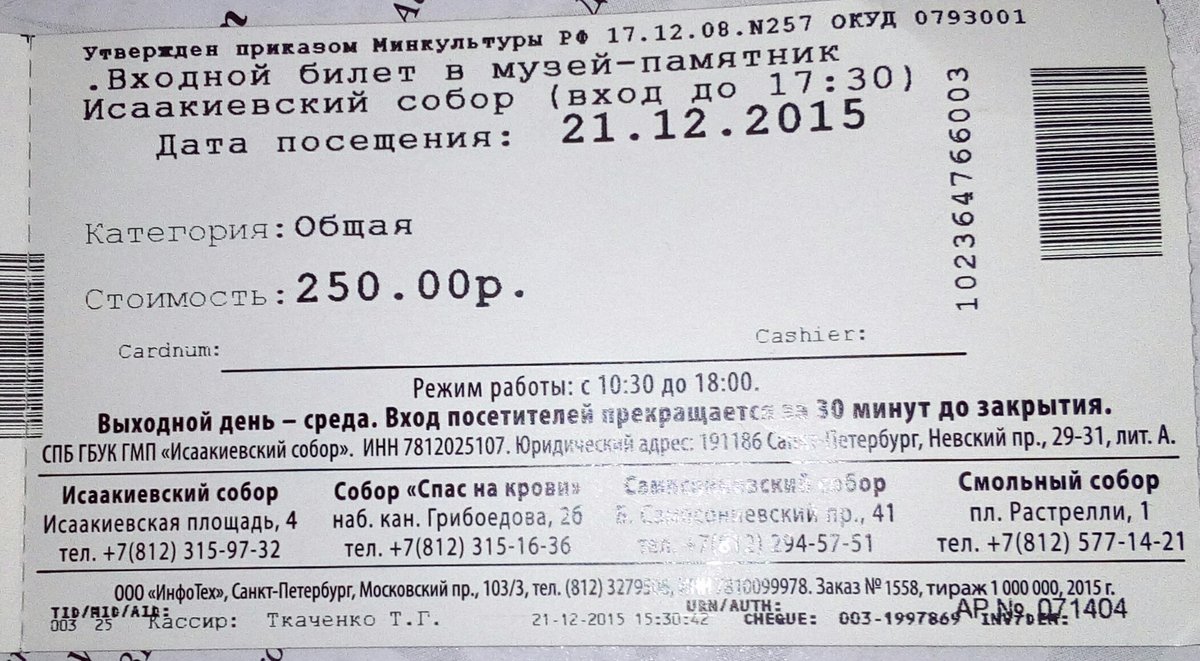
Visiting St. Isaac’s Cathedral in Saint Petersburg: Hours, Tickets, and Tips
Date: 17/07/2024
Introduction
Nestled in the heart of Saint Petersburg, Russia, St. Isaac’s Cathedral (Исаакиевский собор) is a monumental testament to architectural brilliance and historical significance. As one of the city’s most iconic landmarks, the cathedral attracts millions of visitors each year, drawn to its rich history, stunning architecture, and cultural importance. Designed by the French architect Auguste de Montferrand, St. Isaac’s Cathedral took 40 years to complete, with its construction spanning from 1818 to 1858. The cathedral’s massive dome, which rises to a height of 101.5 meters and is gilded with over 100 kilograms of gold, dominates the skyline of Saint Petersburg (Saint Isaac’s Cathedral).
Originally commissioned by Tsar Alexander I, St. Isaac’s Cathedral was intended to be the main church of the Russian Empire and a symbol of its grandeur. The cathedral’s rich history includes its survival through the Bolshevik Revolution and World War II, during which it played a crucial role in protecting valuable artifacts from the State Hermitage Museum (History of St. Isaac’s Cathedral). Today, the cathedral serves both as a museum and a place of worship, reflecting its enduring cultural and religious significance in contemporary Russia (Cultural Significance).
Table of Contents
- Introduction
- History
- Architectural Marvel
- Historical Significance
- Visitor Information
- Cultural Impact
- FAQ
- Conclusion
History
Early Conception and Initial Constructions
St. Isaac’s Cathedral’s history dates back to the early 18th century, during the reign of Peter the Great. The original church was a modest wooden structure built in 1707 to honor Saint Isaac of Dalmatia, Peter the Great’s patron saint. This initial version was located near the Admiralty building but was soon replaced by a more substantial stone church in 1717. However, this second iteration was also short-lived, as it was damaged by flooding and subsequently dismantled.
The Third Cathedral
In 1768, Empress Catherine the Great commissioned a new, more grandiose version of St. Isaac’s Cathedral. The architect Antonio Rinaldi was tasked with the project, but his design was later modified by Vincenzo Brenna. This third cathedral was completed in 1802 but was criticized for its lack of grandeur and structural issues. It was clear that a more ambitious project was needed to reflect the growing importance of Saint Petersburg as the Russian Empire’s capital.
The Fourth and Final Cathedral
The current and most renowned version of St. Isaac’s Cathedral was commissioned by Tsar Alexander I in 1818. The French-born architect Auguste de Montferrand was chosen to design the new cathedral, which would take 40 years to complete. Montferrand’s design was a neoclassical masterpiece, incorporating elements of Byzantine and Renaissance architecture. The construction faced numerous challenges, including the marshy terrain of Saint Petersburg, which required innovative engineering solutions such as driving thousands of wooden piles into the ground to support the massive structure.
Architectural Marvel
St. Isaac’s Cathedral is renowned for its colossal dome, which dominates the skyline of Saint Petersburg. The dome, covered in over 100 kilograms of pure gold, rises to a height of 101.5 meters, making it one of the tallest domes in the world. The cathedral’s exterior is adorned with 112 monolithic columns made of red granite, each weighing up to 114 tons. The interior is equally impressive, featuring intricate mosaics, frescoes, and sculptures created by some of the most talented artists of the time, including Karl Bryullov and Fyodor Bruni.
Historical Significance
St. Isaac’s Cathedral has played a significant role in Russian history. It was consecrated in 1858 and quickly became a symbol of the Russian Orthodox Church and the Russian Empire. The cathedral witnessed numerous historical events, including the coronation of Tsar Alexander II and the funeral of Tsar Alexander III. During the Soviet era, the cathedral was secularized and converted into a museum of atheism, reflecting the state’s anti-religious stance. Despite this, the building was meticulously preserved, and its religious significance was never entirely forgotten.
World War II and Restoration
During World War II, St. Isaac’s Cathedral suffered damage from German artillery during the Siege of Leningrad. The dome was painted gray to avoid attracting enemy bombers, and many of the cathedral’s treasures were evacuated for safekeeping. After the war, extensive restoration work was carried out to repair the damage and restore the cathedral to its former glory. The restoration efforts continued for several decades, ensuring that the cathedral remained a symbol of resilience and cultural heritage.
Modern Era
Today, St. Isaac’s Cathedral functions both as a museum and a place of worship. It attracts millions of visitors each year, who come to marvel at its architectural splendor and historical significance. The cathedral’s observation deck offers panoramic views of Saint Petersburg, providing a unique perspective on the city’s rich history and stunning architecture. In recent years, there have been discussions about returning the cathedral to the Russian Orthodox Church, but it remains a state-owned museum as of 2024.
Visitor Information
Tickets and Visiting Hours
- Opening Hours: St. Isaac’s Cathedral is open daily from 10:30 AM to 6:00 PM, with extended hours until 10:30 PM during the summer months.
- Tickets: General admission tickets cost around 350 Rubles, with discounts available for students, seniors, and children. Tickets can be purchased online or at the cathedral’s ticket office.
- Guided Tours: For a more in-depth experience, guided tours are available in multiple languages. Prices vary depending on the tour package.
Travel Tips
- Best Time to Visit: Early mornings or late afternoons are ideal to avoid large crowds. The summer months offer the best weather but can also be the busiest.
- Nearby Attractions: The Winter Palace, Hermitage Museum, and Nevsky Prospekt are all within walking distance of the cathedral.
- Accessibility: The cathedral is wheelchair accessible, with ramps and elevators available for those with mobility issues.
Cultural Impact
St. Isaac’s Cathedral is not just an architectural marvel; it is a cultural icon that has inspired countless artists, writers, and musicians. The cathedral has been featured in numerous works of literature, including Fyodor Dostoevsky’s Crime and Punishment and Nikolai Gogol’s The Overcoat. Its majestic presence has also been captured in paintings and photographs, making it one of the most recognizable symbols of Saint Petersburg.
FAQ
Q: What are the visiting hours for St. Isaac’s Cathedral?
A: The cathedral is open daily from 10:30 AM to 6:00 PM, with extended hours until 10:30 PM during the summer months.
Q: How much do tickets cost?
A: General admission is around 350 Rubles, with discounts for students, seniors, and children.
Q: Is St. Isaac’s Cathedral accessible for people with disabilities?
A: Yes, the cathedral is wheelchair accessible, with ramps and elevators available.
Conclusion
St. Isaac’s Cathedral stands as a monumental piece of Russian history and architecture. Whether you’re marveling at its grand dome, exploring its rich history, or simply enjoying the view from its observation deck, the cathedral offers something for everyone. Don’t miss out on this iconic landmark on your next visit to Saint Petersburg. For more detailed information, you can visit the official St. Isaac’s Cathedral website.
Call to Action
Download the Audiala mobile app for more travel tips and insights, and follow us on social media for the latest updates and articles about Saint Petersburg’s historical sites.
References
- Saint Isaac’s Cathedral, 2024, Saint-Petersburg.com source
- History of St. Isaac’s Cathedral, 2024, Saint-Petersburg.com source
- Cultural Significance, 2024, Saint-Petersburg.com source
- Resilience of St. Isaac’s Cathedral, 2024, Saint-Petersburg.com source
- Official St. Isaac’s Cathedral Website, 2024, Cathedral.ru source
